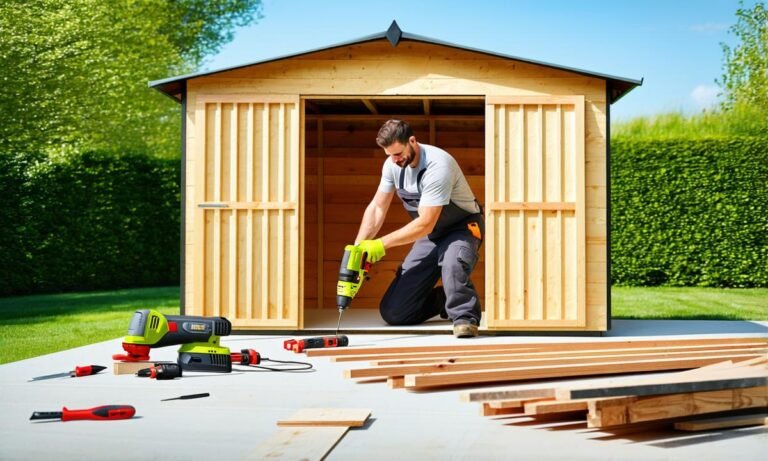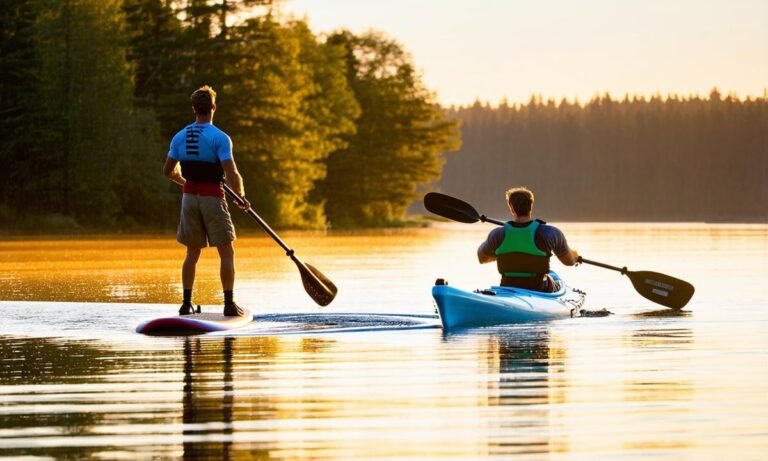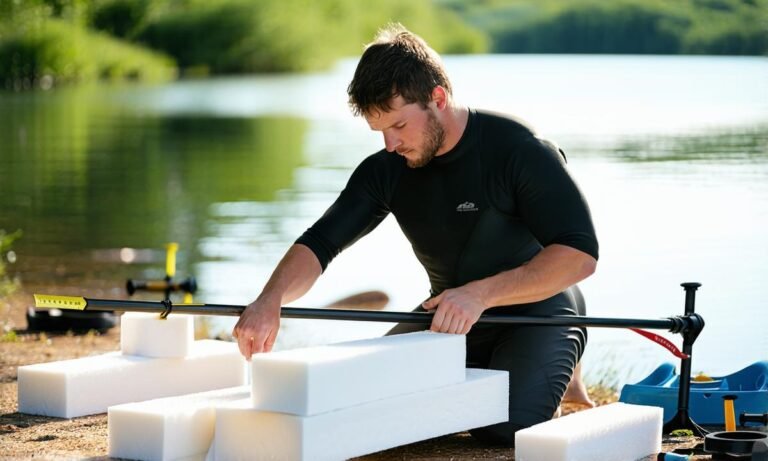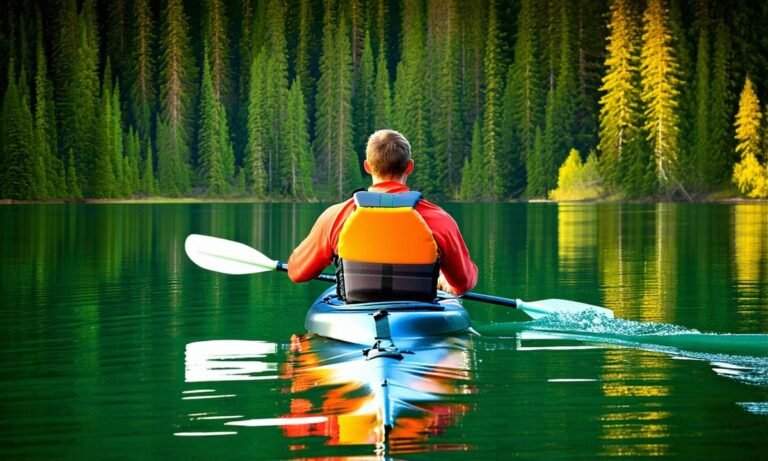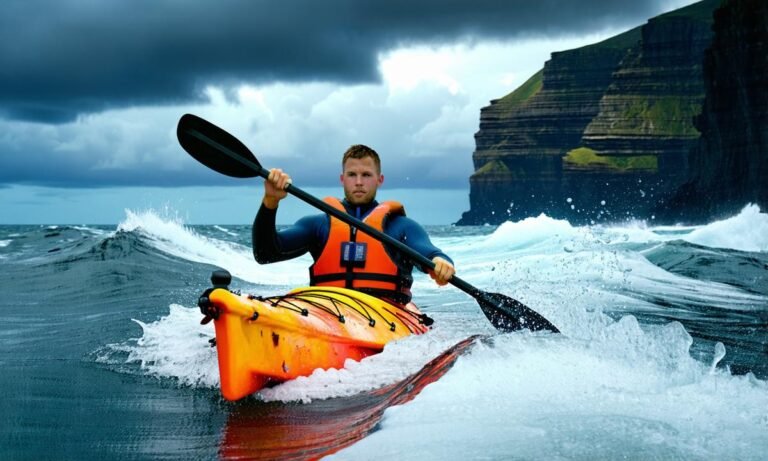Design Principles of Kayaks: 5 Key Elements for Performance
Choosing the right kayak can feel overwhelming, especially with so many options available. Design principles of kayaks play a vital role in determining not only performance but also comfort and safety on the water.
The design principles focus on aspects like shape, stability, and material selection. These elements significantly impact speed and maneuverability, setting certain models apart from others based on how they perform in various conditions.
What makes a kayak truly stand out? From sleek designs to innovative features, each principle contributes uniquely to your paddling experience. Stay tuned as I break down these essential factors that elevate any kayaking adventure.
5 Essential Design Principles for Beginner Kayaks
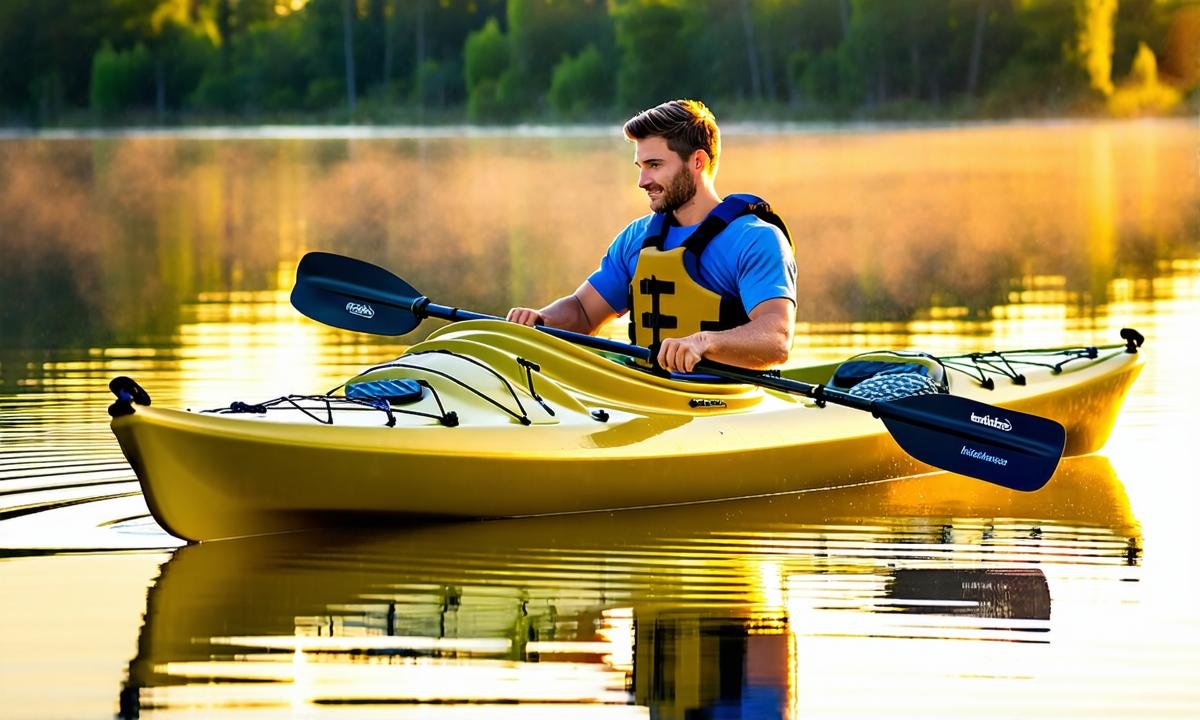
When venturing into the world of kayaking, understanding the design principles can greatly enhance your experience. Each principle helps shape how a kayak performs on water and affects comfort during those long paddling sessions.
1. Hull Shape Matters
The hull shape is crucial in determining speed and stability. A flat-bottomed hull provides excellent primary stability, making it a great choice for beginners who may feel uneasy on the water. Conversely, a rounded or V-shaped hull is designed to cut through waves better, enhancing speed but requiring more skill to balance.
2. Weight Capacity Is Key
A kayak’s weight capacity influences its performance significantly. Beginners should choose models that support their body weight plus gear without compromising stability. Exceeding the recommended limit can lead to poor handling and safety risks.
3. Deck Height and Layout
The deck height impacts how easily you can enter or exit your kayak while also influencing tracking ability—how straight it moves through the water. Higher decks provide more storage space but might encounter wind resistance, affecting control during windy conditions.
4. Material Choice Impacts Durability
Kayaks come in various materials including plastic, fiberglass, and composite options. For beginners, rotomolded plastic kayaks are often favored due to their affordability and durability against bumps or scrapes against rocks or docks.
5. Rudders and Skegs Increase Control
- A rudder assists in steering without adjusting paddle positions—a significant advantage when learning proper techniques.
- A skeg lowers into the water for directional stability but does not steer; it keeps you on course even in windy conditions.
“The right design elements make all the difference between an enjoyable day on the water versus one filled with frustration.” – Jane Doe, Recreational Paddler Advocate
Selecting an appropriate beginner kayak requires attention to these essential design principles which work together harmoniously for optimal performance on any adventure. Learn more about choosing your first kayak here!
How to Choose Materials Based on Kayak Design Criteria?
Choosing the right materials for your kayak can transform your paddling experience. Different materials cater to distinct needs, balancing durability, weight, and cost.
1. Understanding Common Kayak Materials
The most popular kayak materials include polyethylene (plastic), fiberglass, and carbon fiber. Each one serves specific purposes based on design criteria.
- Polyethylene: Ideal for beginners due to its toughness and resistance to impact. These kayaks are affordable but tend to be heavier.
- Fiberglass: Known for being lightweight yet strong. It provides better speed and handling than plastic options but often comes at a higher price point.
- Carbon Fiber: The lightest option available, it maximizes performance with superior strength-to-weight ratio. However, it’s usually more expensive and less durable against impacts compared to polyethylene.
The choice of material influences the kayak’s overall performance in various conditions—whether you’re navigating calm lakes or rough seas.
2. Balancing Weight Vs. Durability
A lighter kayak makes transportation easier but might compromise durability when faced with rocks or rough terrain. Consider where you’ll paddle most often; if you plan long trips on rugged water bodies, opt for sturdiness over weight savings.
“The material selection dictates not just how fast you go but also how securely you navigate obstacles.” – Tom Smithson, Marine Material Scientist
3. Environmental Impact of Material Choices
Selecting eco-friendly materials is becoming increasingly important for many paddlers today. Some brands offer recyclable plastics and sustainably sourced composites that lessen environmental impact without sacrificing quality.
| Material Type | Weight (lbs) | Durability Rating (1-10) | Price Range ($) |
|---|---|---|---|
| Polyethylene | 45-70 | 7 | 300-900 |
| Fiberglass | 30-50 | 9 | 800-2000+ |
| Carbon Fiber | 25-35 | 10 | $12000+ |
7 Advanced Techniques to Optimize Kayak Performance
Kayaking can transform into an exhilarating experience with the right techniques. By implementing advanced strategies, you can significantly boost your kayak’s performance and enhance your paddling adventure.
1. Master Your Stroke Technique
A powerful stroke technique makes a world of difference in speed and endurance. Focus on engaging your core rather than just using your arms. A proper stroke starts with a strong catch at the front of the kayak, pulls through water efficiently, and ends with a smooth recovery to repeat the cycle.
2. Understand Weight Distribution
The way you distribute weight affects stability and maneuverability. Keeping weight centered improves balance, especially in choppy waters or tight turns. Adjust gear placement as needed to maintain equilibrium while paddling.
“Proper weight distribution minimizes tipping risk, allowing for smoother navigation.” – Sarah Thompson, Experienced Paddler
3. Fine-tune Your Paddle Length
Your paddle length plays a crucial role in efficiency during every stroke. Taller paddlers generally benefit from longer blades (around 240-250 cm), while shorter individuals may find 220-230 cm optimal for their height and style.
| Paddle Length (cm) | Recommended Height Range (ft) |
|---|---|
| 210-220 | Under 5’4″ |
| 220-230 | Between 5’4″ – 6′ |
| 240-250 | Over 6′ |
4. Utilize Efficient Steering Techniques
Learner kayakers often overlook steering methods that optimize control over direction without significant energy loss when paddling forward or backward strokes is applied correctly.
Incorporate techniques like stern draws and bow rudders—they help guide without requiring constant repositioning of your body or paddle angle.
5. Secure Proper Gear Storage Systems
An organized storage system minimizes drag by keeping everything tucked away properly.
Utilize bungees, clips, or dry bags securely fashioned inside seating compartments to reduce wind resistance while ensuring easy access during stops along routes—no need for distractions mid-paddle!
“Well-organized gear leads to improved stability and safety on open waters.” – Mark Johnson, Professional Kayaker Trainer
6. Invest in Upgraded Accessories & Gear Features
- Consider additional items designed specifically for high-performance setups:
- Upgrading fin systems enhances tracking capabilities further—perfect for rough conditions
- Spray skirts shield against splashes ensuring dryness throughout trips
FAQs
How do kayak dimensions affect paddling effort?
The dimensions of a kayak, like its length and width, influence speed and maneuverability. A longer kayak glides faster, while a wider one offers more stability, impacting how much effort you expend while paddling.
Which features enhance comfort for long trips?
Comfort features such as adjustable seats, footrests, and ergonomic grips are essential for long journeys. These elements help maintain proper posture and reduce fatigue during extended time spent on the water.
What role does rocker play in kayak design?
The rocker refers to the curve of a kayak’s hull. A higher rocker improves maneuverability for turns in whitewater or tight areas, while less rocker allows for better straight-line tracking on open waters.

